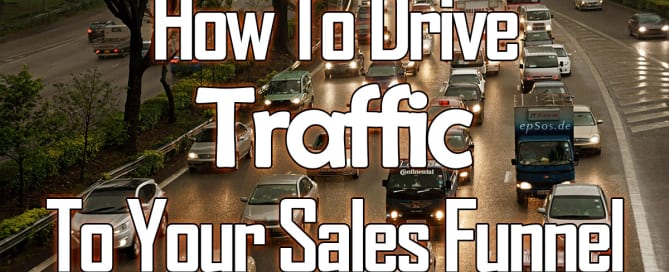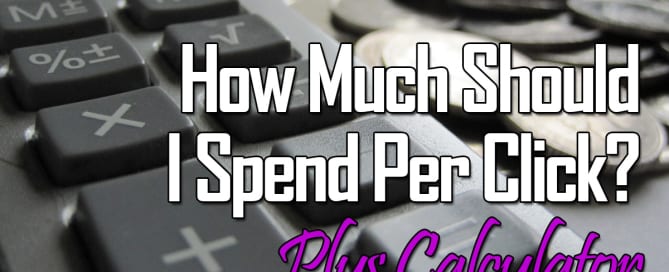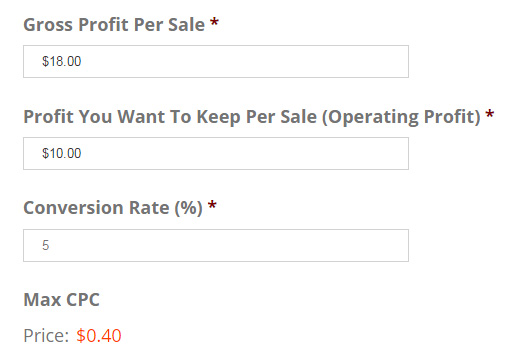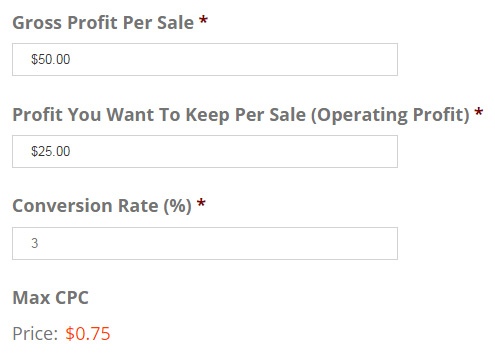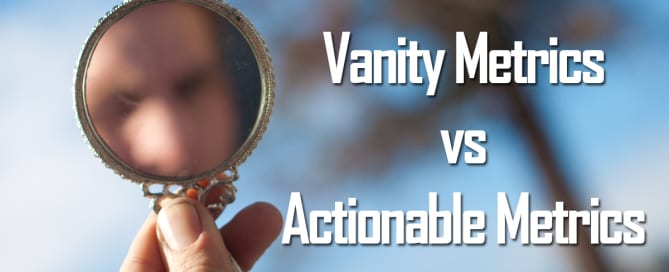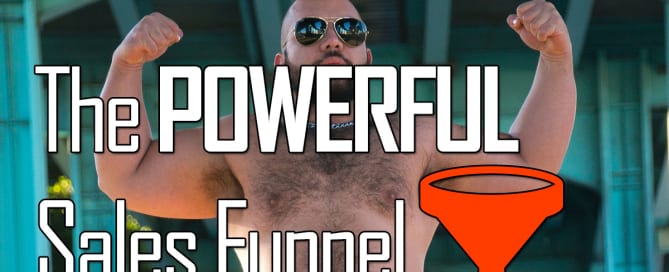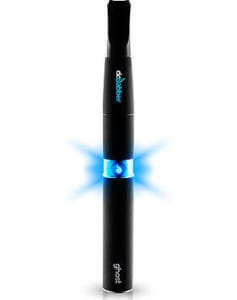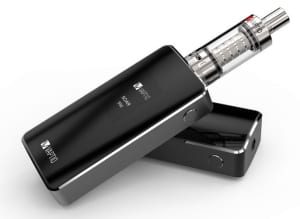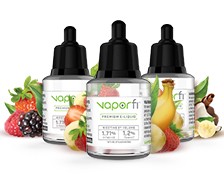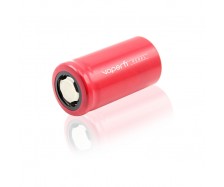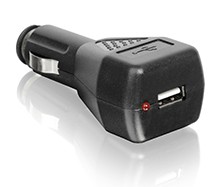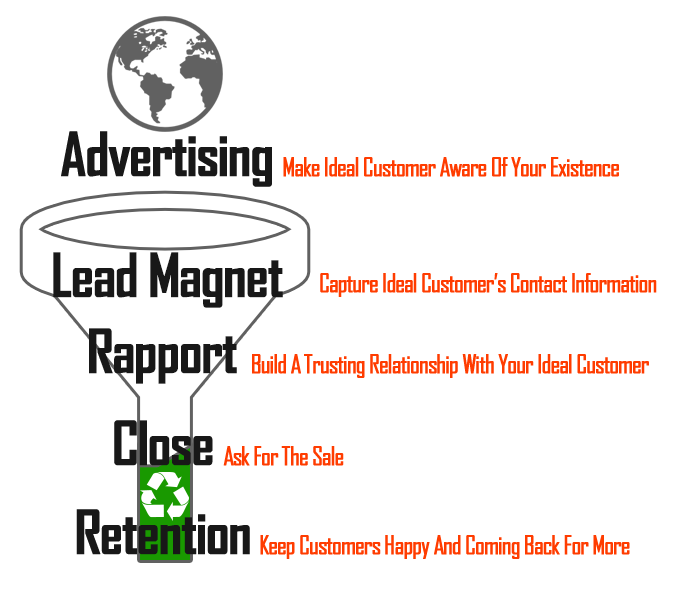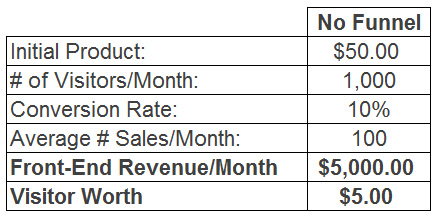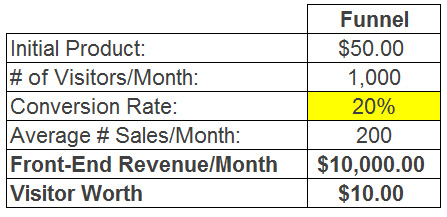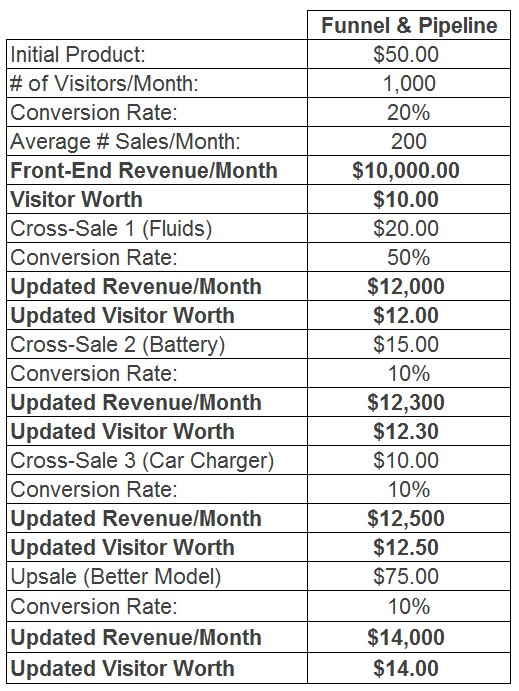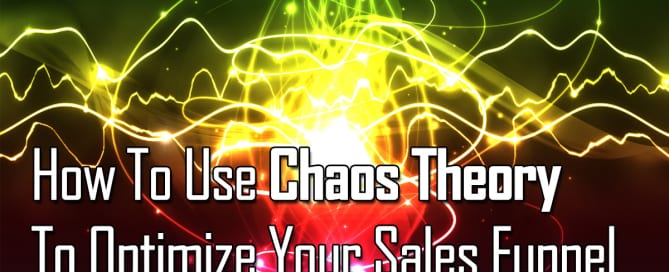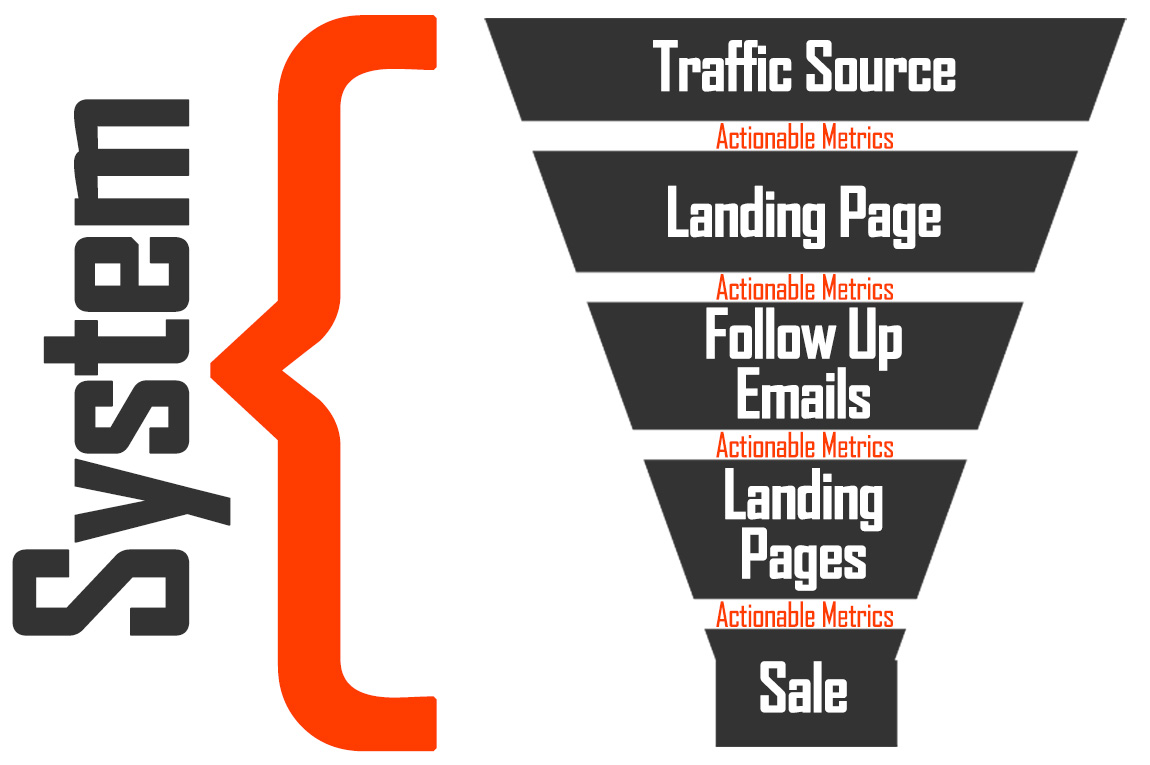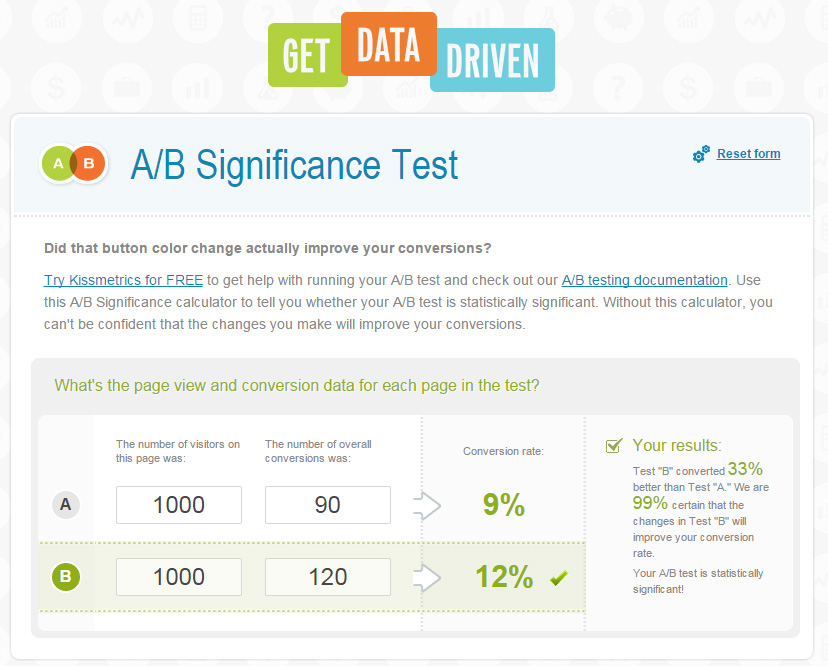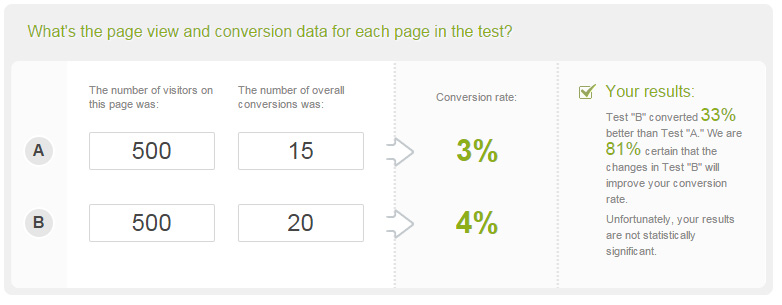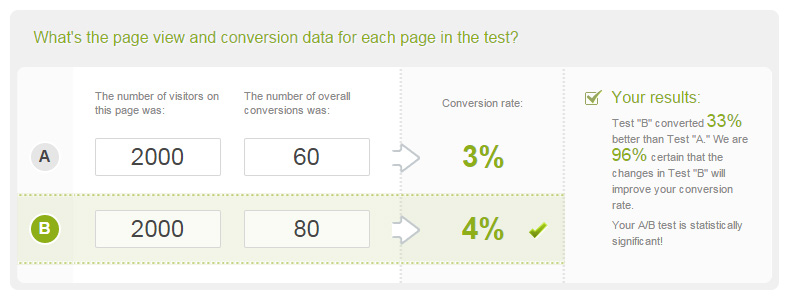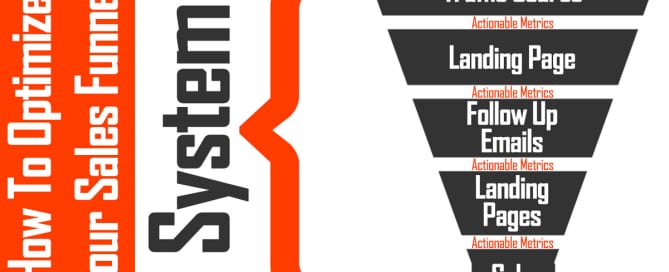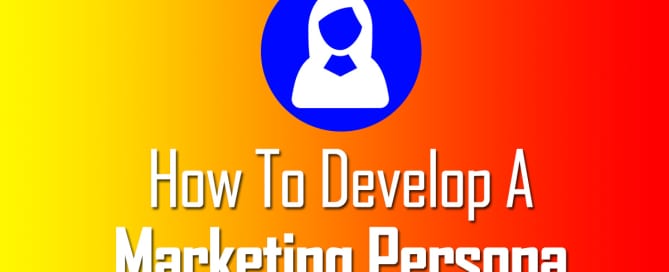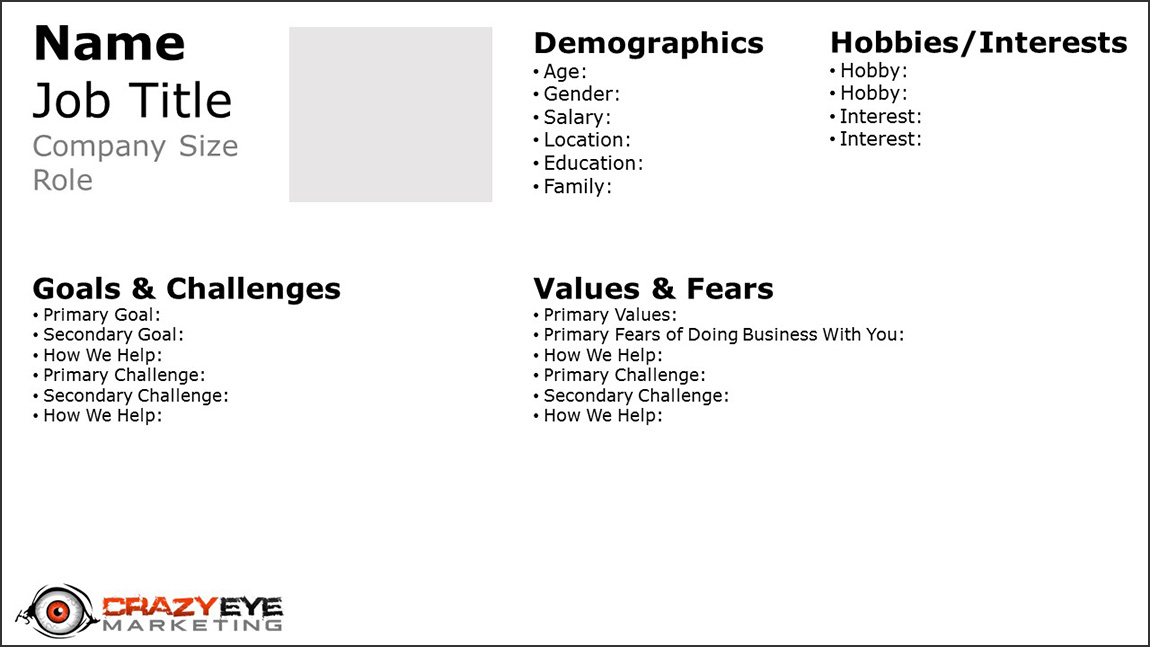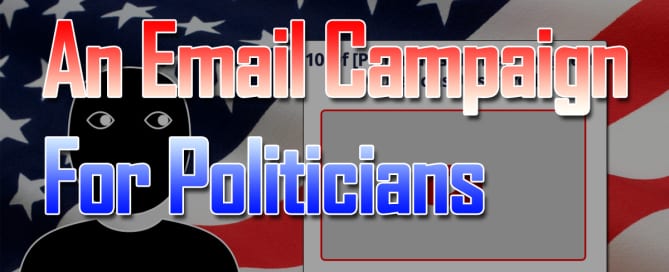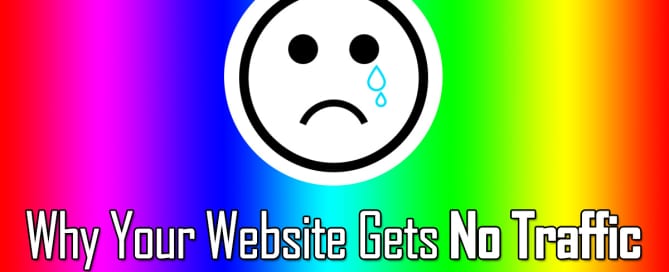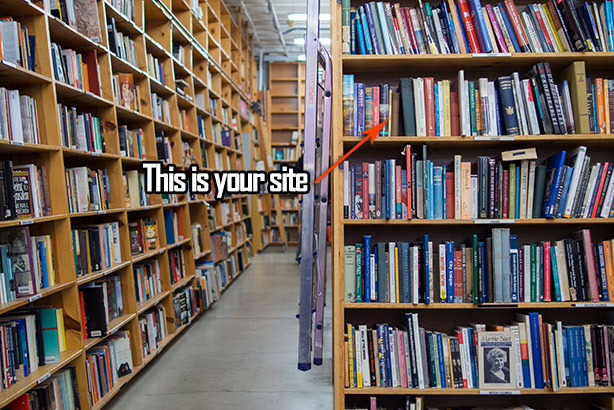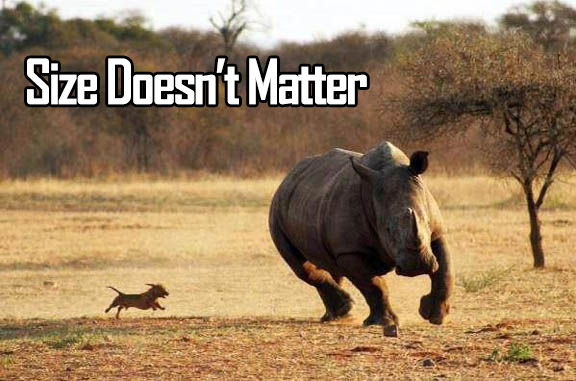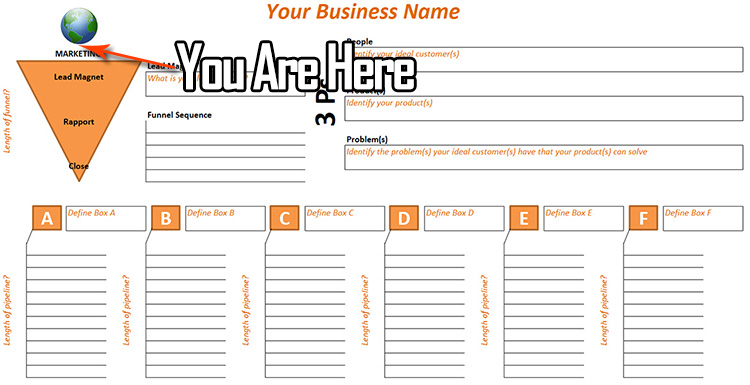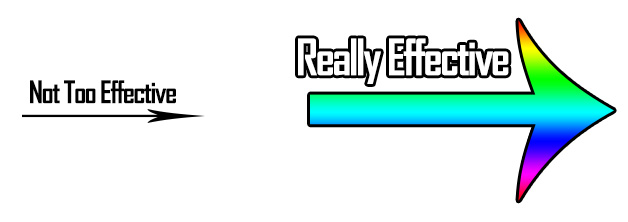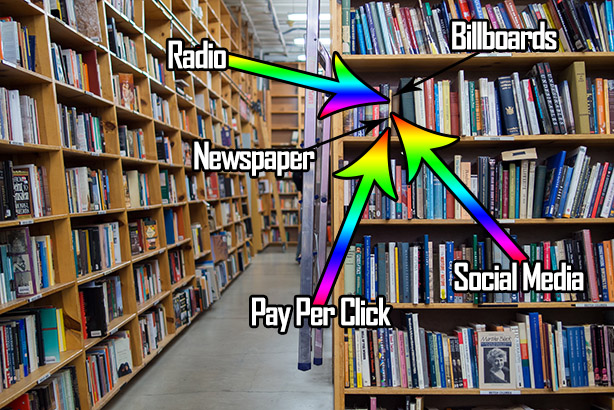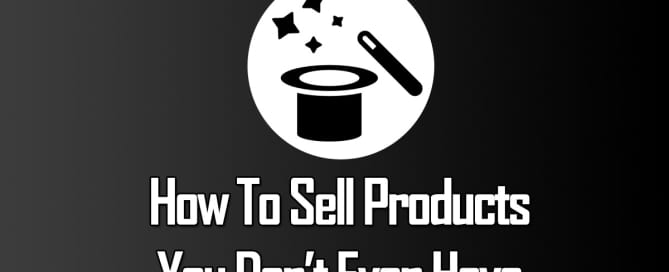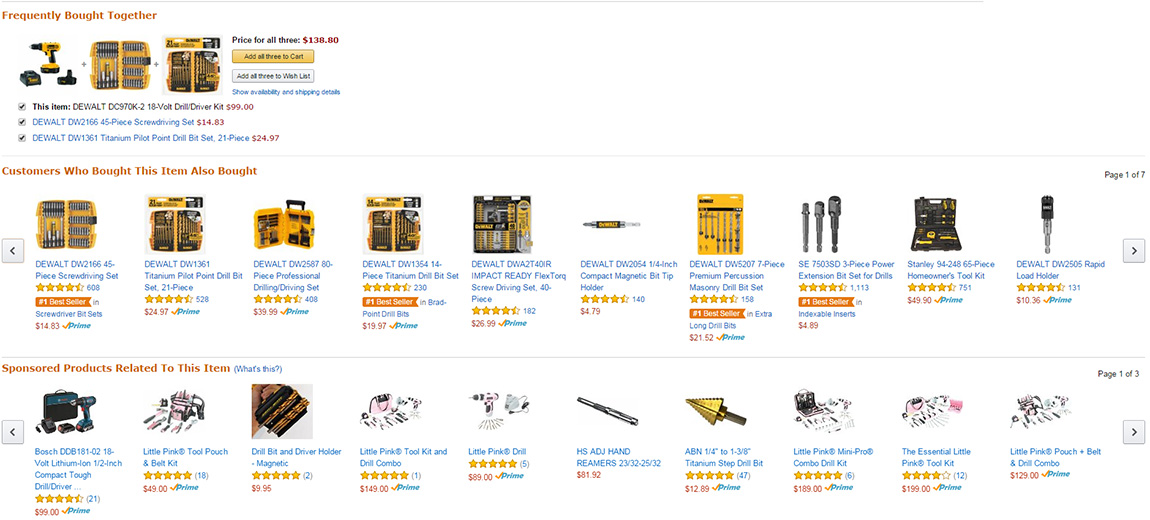How To Drive Traffic To Your Sales Funnel
This article is part of a bigger article that can be found by clicking here.
This Is The Most Important Aspect
Where your traffic is coming from is the most important aspect for the success of your sales funnel.
If the people visiting your website don’t care about you, your business, or your products, they will never convert into paying customers (the whole point of a business).
Needless to say, too many people go for cheap traffic. They’ll look at sites like fiverr that offer to send UNLIMITED people to your site for $5. Sure, that sounds like an awesome deal … but, you know it can’t possibly be true. There’s no way UNLIMITED visitors cost only $5.
Yet, time and time again, businesses are buying these gigs and are then in shock that their sales funnel isn’t working, or their squeeze page isn’t converting.
Here’s the deal, if your squeeze page isn’t converting … the first thing you need to consider is where your traffic is coming from.
Below you'll find two key rules to ensure you're getting the right traffic to your sales funnel.
#1 Rule – Hangout With Your Audience
If you read nothing else in this article, read this section because it will save you time, effort, energy, and money.
The #1 Rule for driving traffic to your website is to hangout where your audience hangs out.
If your audience hangs out on Facebook … be on Facebook.
If your audience normally finds you through Google Search … be heavy on Search Engine Optimization (SEO).
If your audience hangs out on a forum online … be an active member of that community.
I know, this all sounds so simple and “duh” … but, so many people get caught up in what’s “hot right now.”
They’ll see that someone just made X dollars through LinkedIn. So, they’ll get excited and go over to LinkedIn to make X dollars too; however, they end up failing because their particular audience isn’t even on LinkedIn. They then get discouraged, figure their squeeze page isn’t working, and so they change the color of their subscribe button. I see it happen all the time.
Please, do not over think this. It really is simple. All you have to do is avoid the noise that Internet Marketers push down your throat of “what’s hot right now.” Learn to get through that noise, focus on where your audience actually hangs out … and hangout with them. It’s that easy.
- Related Article: How to develop a Marketing Persona
#2 Rule – Set Expectations
The second biggest issue businesses have in driving traffic to their sales funnel is that they aren’t properly setting expectations with their marketing efforts.
For example, if you have an ad that says “Click Here for 10% off” … when a person clicks there, they should be presented with the 10% off coupon.
Duh … right?
This is called Conversion Coupling.
Conversion Coupling is “the bond that exists between the pre-click experience and the corresponding post-click landing experience. Conversion coupling means maintaining consistent messaging throughout your campaign.” [unbounce]
Too easy.
Whatever the ad says, should match what the landing page says.
Simple stuff, yet it’s overlooked all the time.
“Free” vs. Paid Traffic
There are already 39 million different articles on the various traffic sources, which one works “best”, and yaddy-yadda.
Remember, there is no single “best” source of traffic for all businesses. You must hangout where your audience hangs out.
But, I digress …
Most people break traffic sources into two types: Free and Paid.
The problem with this breakdown is that it’s deceptive … because, no advertising is “free” … it’s still going to cost you time.
Here are some common traffic sources with links to courses to help you get started.
“Free” Traffic
- SEO – What Is SEO? Learn SEO Basics & Optimize Your Website
- Social Media – Social Media Marketing 2016 – Complete Certificate Course
- Blogging – 2016 Blog Blueprint: How To Turn Blogging Into A Career
Paid Traffic
- Google Adwords – Ultimate Google AdWords Course 2016–Stop SEO & Win With PPC!
- Facebook Ads – How To Fill Your Sales Funnel With Facebook Ads
- Twitter Ads – Twitter Ads NEW 2016 – For Business Agencies & Entrepreneurs
Remember
No matter what type of traffic you’re sending, “free” or paid … remember these 2 things:
- Only advertise where your audience hangs out
- Make sure your ad matches your landing page
Once these two rules are followed unconditionally, you can begin to optimize your landing page.

